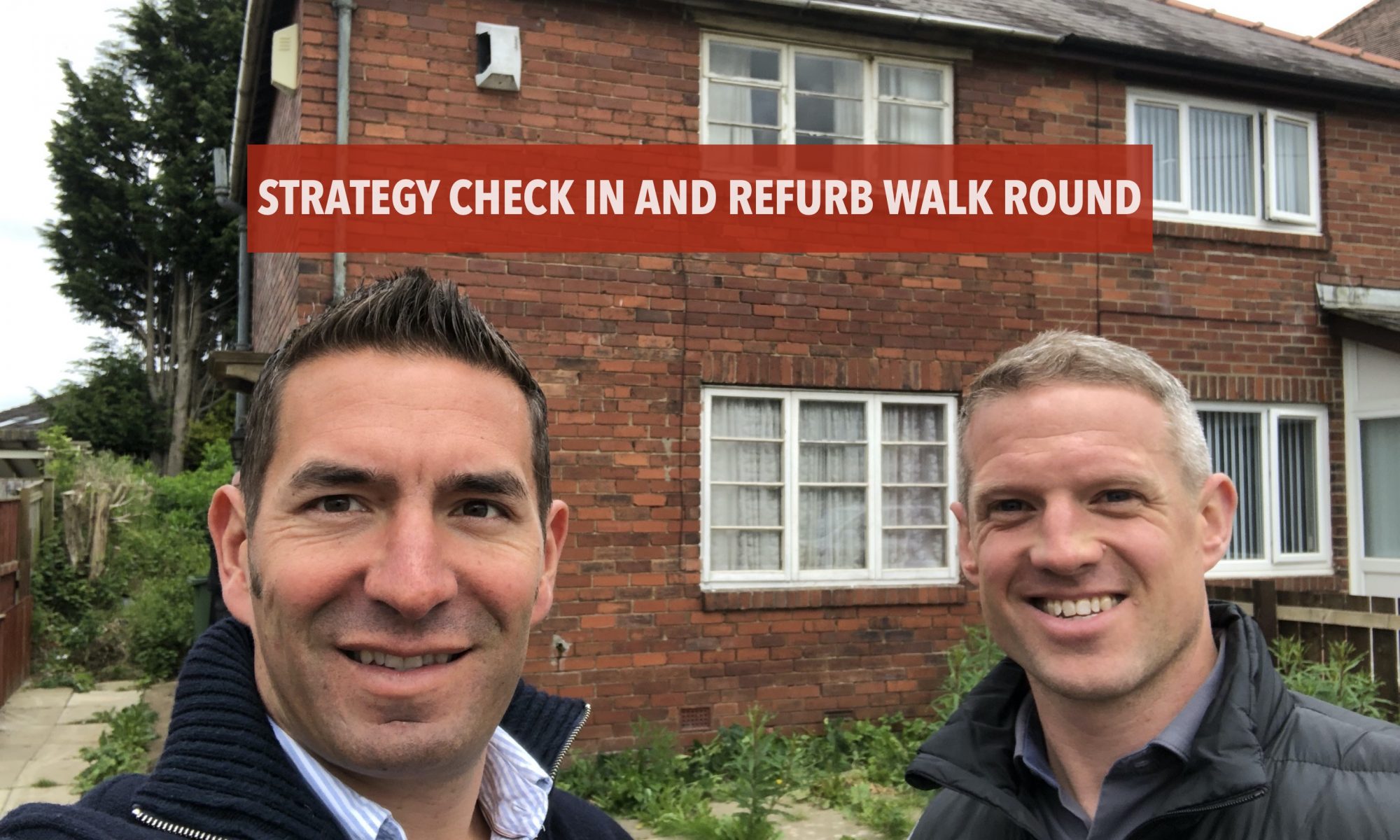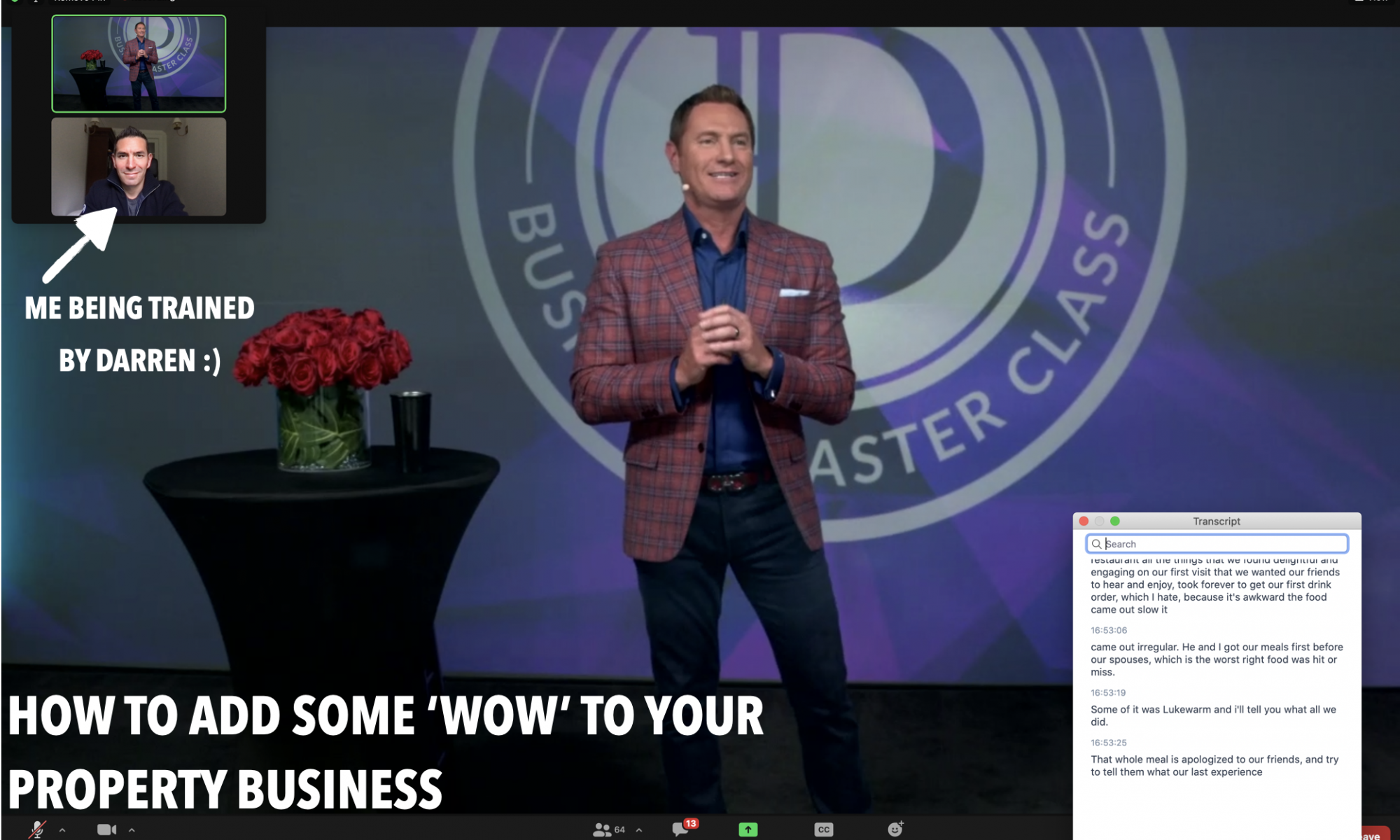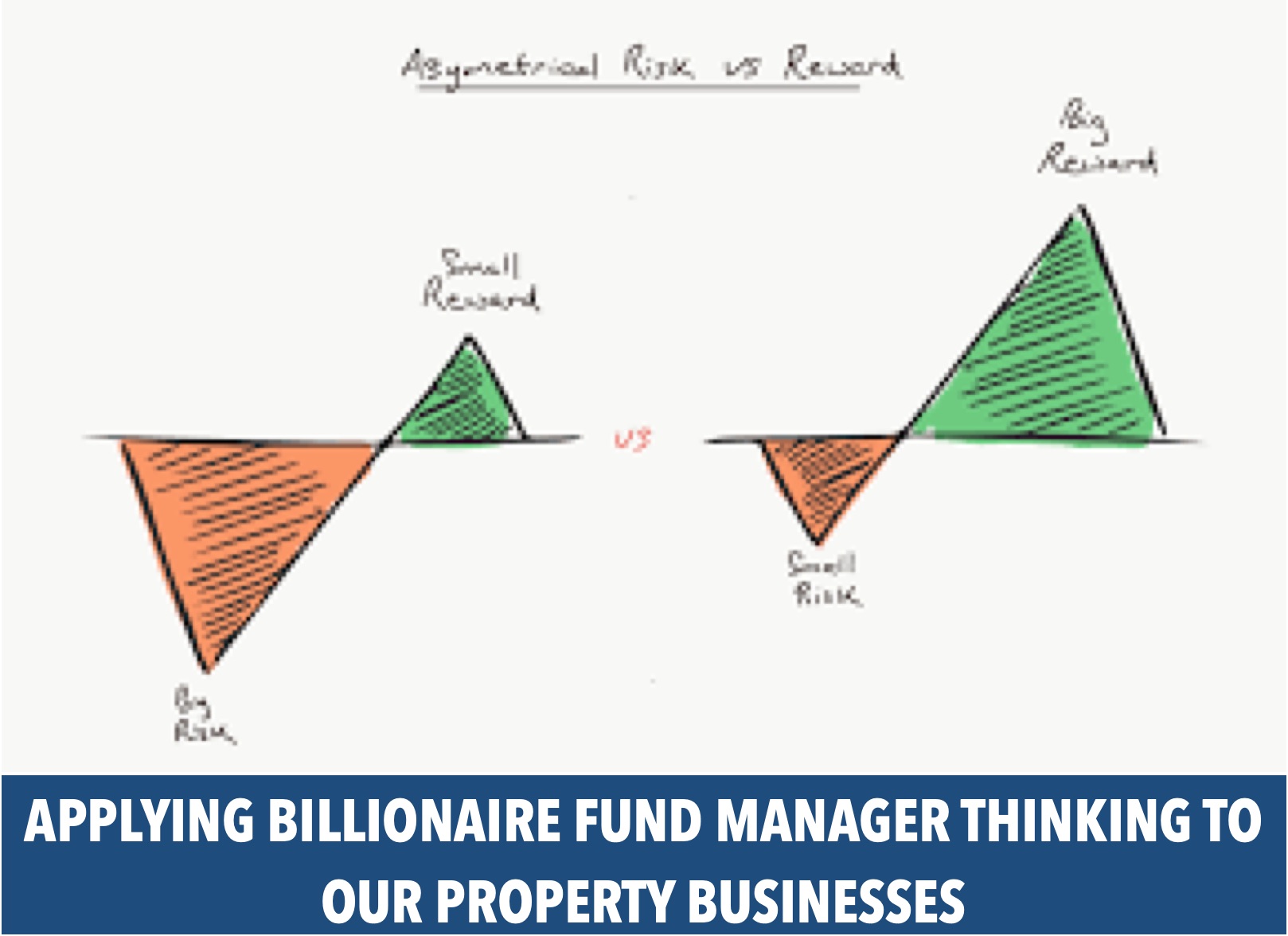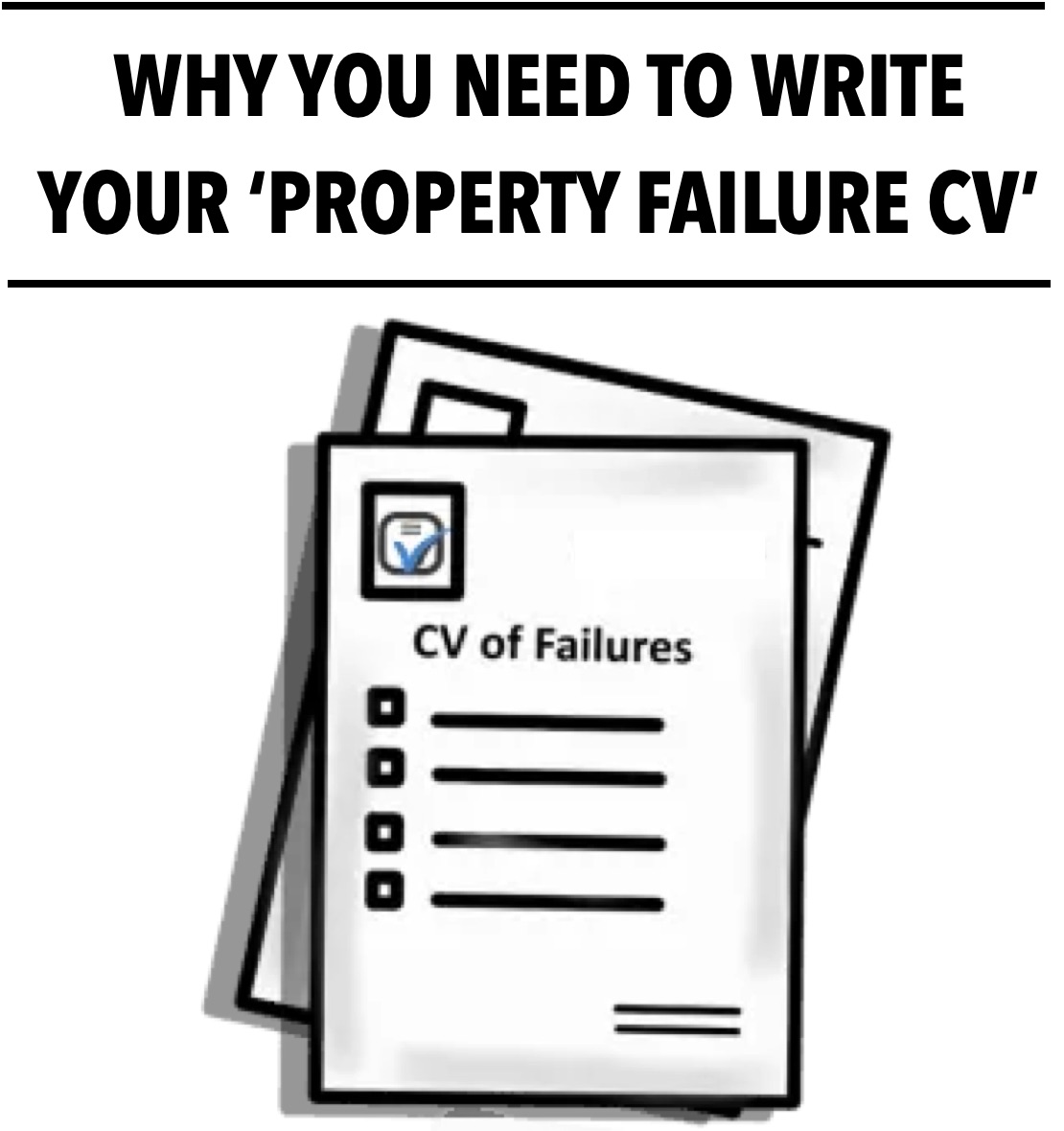Sometimes you hear something in a podcast that just grabs your attention and makes you instantly think deeper about it, to the point where you have to stop what you’re doing and make notes (or is that just me?😊)
The thing that grabbed my attention was this idea of the “Failure CV”. Well, as I was listening to an American podcast (the Ed Mylett show) they actually called it a ‘failure resume’, but here in the UK that’s CV (curriculum vitae) to us. I instantly resonated with the concept and started thinking about how powerful this idea is for property entrepreneurs.
So in this post I wanted to share the idea of a ‘Property Failure CV’ and encourage you to start writing one today.
WHY on earth is he asking me to write about my failures? You might be asking. Here’s why – learning from mistakes is so important if you want to build a successful property business.
So WHAT exactly is a Failure CV? In generic terms it’s a list of your biggest screw ups – personal, professional, academic, and what you’ve learned from them. Think of it as a living document of what you’ve learned along your journey of life to date, and the key thing is that it’s much more likely you won’t repeat the mistake when you write it down.
Here’s a great line I noted from Daniel Pink (the author who referenced it in the interview by Ed Mylett)
– “Failure is just data, but you need to mine it to get the value”.
I hope that line strikes you like it did for me. In the context of our property journeys there is so much data to mine and get value from, if we invest the time to do it.
Here’s HOW to mine the value from your mistakes by making your own property failure CV in a clear and structured way:
#1: Draw/create 3 columns on a piece of paper or spreadsheet
#2: Add these headings from left to right-
Column 1- Setbacks & screw ups
Column 2: Lessons I learned
Column 3: What I’m going to do about it
#3: Make a start and fill the columns for the first property mistake that comes to mind.
I’ve started mine on a spreadsheet as I intend to keep adding to it and revisiting it. To help get you thinking, here’s my first entry:
1- I jumped into rent-to-rent serviced accommodation with total hope and guesswork – no understanding of the end user and the unit economics of the business. The result – money draining from our bank account each month and an expensive lesson.
2- I learned that hope and guesswork isn’t a strategy and that if we wanted to make a success out of SA we’d have to take a completely different approach.
3- What we did about it was this- instead of starting by finding a property that someone would rent to us, I started with finding the demand first, and only then crafting the solution to meet that ie what kind of property and where.
[When I think about it, the book I wrote is kind of like a property failure CV and it goes into specific detail about what happened, what we learned and what we did about it. If you’d like to read all the gory details you’ll find it on amazon, it’s called Predictable Property Profits 😊]
That failure has been so impactful because it has led to the creation of our investment philosophy that steers everything we do in property.
There are many more failures making it onto my CV, another one is engaging a rogue builder to carry out a refurb without carrying out thorough diligence, I’ve learned a lot from that 😔.
NOW IT’S YOUR TURN
If the concept of a Property Failure CV is resonating with you, start it now with the first entry. It doesn’t have to be a big thing, it may even be something you didn’t do, a regret perhaps. The key thing is to make a start and then keep it as a living document.
TIP – I already have a habit of doing quarter end reviews so updating and reviewing my Property Failure CV will become part of that habit, why not do the same?
And if you still need some convincing, here are some more reminders and reasons why doing this is such a powerful exercise:
#1 Writing it down makes you less likely to repeat them.
#2 Examination of mistakes promotes a realistic understanding of what happened and will promote the discovery of new ways of thinking and reacting to the same situation in the future.
#3 Failure promotes resilience, creativity, and growth – by thinking about how things went off track, we are innovating and imagining alternative circumstances, approaches, methods, and how these may result in different outcomes.
#4 Overcome fear of failure – this exercise will empower you to try again and avoid thinking that the activity is just something you can’t do.
#5 It’s a great reminder of where you have been and that you are where you should be.
#6 It demonstrates that the path to success is not a straight one. When your property journey gets you down, review your failure CV to remind yourself what you did to overcome past problems.
#7 By sharing our failure CV with others, we can empower them to continue trying to achieve their goals.
#8 Your Failure CV can help you secure JV partners – venture capitalists in the US actively choose to invest in the startup founders who have already experienced failures and have learned and grown from them. Do you think it’s any different for JV partners deciding on whether to invest in a property entrepreneur? Of course not, so use your failures to help attract partners and investors.
So, who’s going to start their PROPERTY FAILURE CV today?










